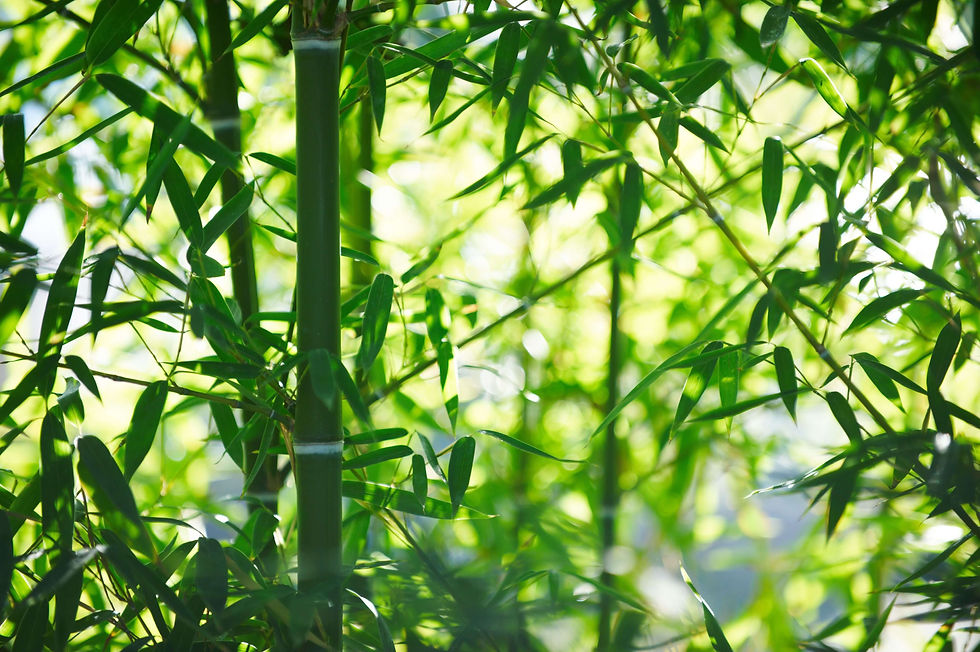In contemporary urban settings, the necessity for verdant areas has become increasingly apparent. With the ongoing trend of urbanization, the integration of natural elements into our cities has become a crucial aspect in preserving a sustainable and habitable environment. A noteworthy solution that has garnered attention is the utilization of bamboo in urban landscaping, which presents a distinctive combination of ecological, aesthetic, and practical advantages. This article delves into the realm of bamboo and its exceptional potential to revolutionize urban landscapes into thriving green spaces that augment air quality and furnish essential recreational zones.

The Bamboo Advantage
Bamboo, commonly known as "green steel," exhibits a plethora of attributes that render it a prime contender for urban landscaping. Its expeditious growth rate and ability to acclimate to diverse climates render it a versatile option for a wide array of settings. The extensive root system of bamboo can aid in averting soil erosion, thereby stabilizing the terrain and mitigating the likelihood of landslides. This inherent strength and resilience make bamboo a sustainable alternative to traditional landscaping materials.
Improving Air Quality
One of the most urgent concerns in metropolitan regions is the quality of air. Insufficient air quality can result in numerous health issues for individuals residing in metropolitan regions. Bambu, by means of its inherent photosynthesis, assimilates substantial quantities of carbon dioxide and emits noteworthy amounts of oxygen into the adjacent atmosphere. This exceptional attribute not only assists in mitigating air pollution but also contributes to a more salubrious and breathable urban milieu.
Creating Recreational Oases
Beyond its ecological benefits, bamboo has the potential to transform urban spaces into inviting recreational areas. With its elegant and exotic appearance, bamboo adds an element of visual appeal to the concrete surroundings. Envision a leisurely walk amidst a bamboo grove, where the gentle rustling of leaves produces a calming melody, and the filtered sunlight through the towering culms creates a serene atmosphere. These bamboo sanctuaries can function as havens for repose, contemplation, and communal gatherings, promoting a sense of camaraderie amidst the frenzied pace of urban existence.
Bamboo in Modern Landscape Architecture
Contemporary landscape architects are increasingly recognizing the potential of bamboo in their designs. Its versatility allows for innovative creations that range from bamboo-lined pathways and fences to vertical gardens and shaded seating areas. By blending bamboo with other native plants, architects can craft sustainable ecosystems that attract local wildlife, further enhancing the urban environment.
Challenges and Considerations
While bamboo offers numerous benefits, its rapid growth can sometimes lead to concerns about invasiveness. However, with proper management and the selection of non-invasive bamboo species, this challenge can be mitigated. Additionally, regular maintenance and monitoring are essential to ensuring that bamboo thrives without encroaching on other plant species or disrupting urban infrastructure.
Conclusion | green spaces
As cities continue to expand and green spaces become scarcer, the integration of bamboo into urban landscaping emerges as a viable solution. Its ability to enhance air quality, provide recreational areas, and contribute to the overall aesthetic appeal of urban environments makes it an invaluable asset. By harnessing the unique qualities of bamboo and leveraging them in modern landscape architecture, we have the opportunity to transform our cities into vibrant, sustainable, and people-friendly spaces. Through the lens of bamboo vision, the concrete jungle can indeed be transformed into a thriving green haven.
Comments